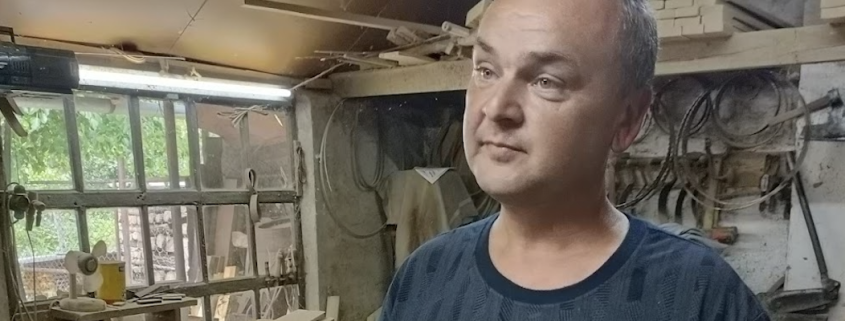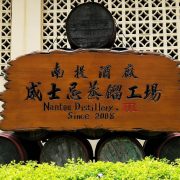War and Whisky Part 1: The one-man Ukrainian cooperage
Whiskygeeks had the incredible opportunity to witness the craftsmanship of an artisan cooper Mr Arpad Laslo. He specialises in creating barrels from local Ukrainian oak. This one-man cooperage in Zakarpattia Oblast, Ukraine, supplies casks to local wineries and a whisky distillery in L’viv. It was fascinating to learn about the meticulous process involved.
The wood
The oak used in the barrels is seasoned in bolts for approximately 1-2 years. This seasoning is vital in stave production as various species of fungi will break down lignin and other flavours. This will subsequently lead to a better flavour profile when maturing spirits.
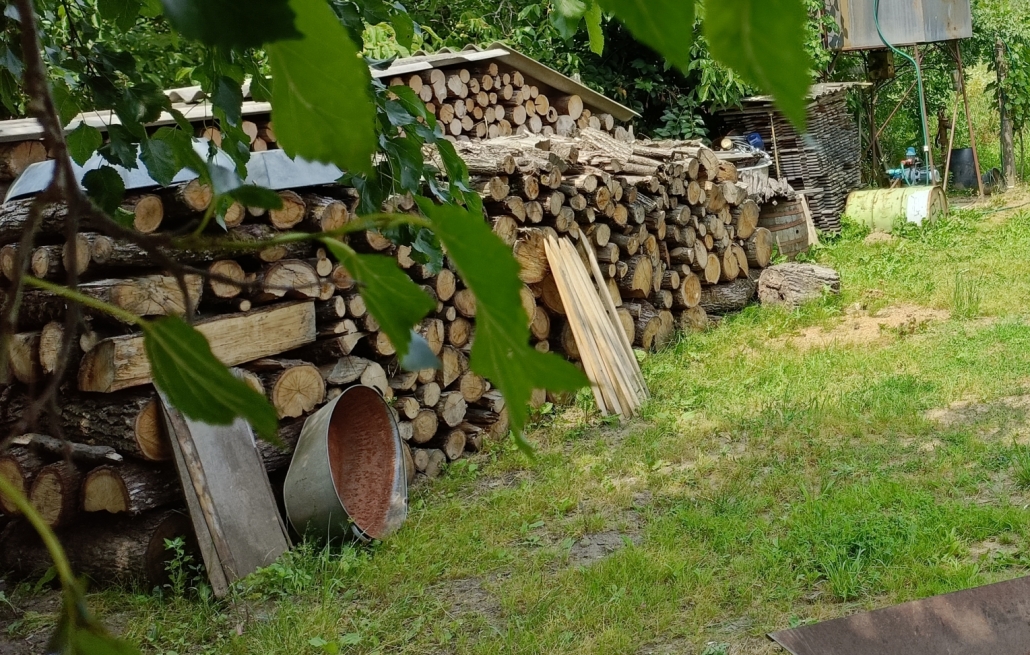
Almost all the oak used is Ukrainian white oak, but the exact oak species is hard to determine. In Ukraine, the main species of are Sessile Oak (Quercus petraea) and European Oak (Quercus robur). The occurrence of hybridisation between the two species further muddies the water regarding the determination of exactly what species it is. That said, folks usually lump Quercus robur and Quercus petraea together as European oak in the world of whisky.
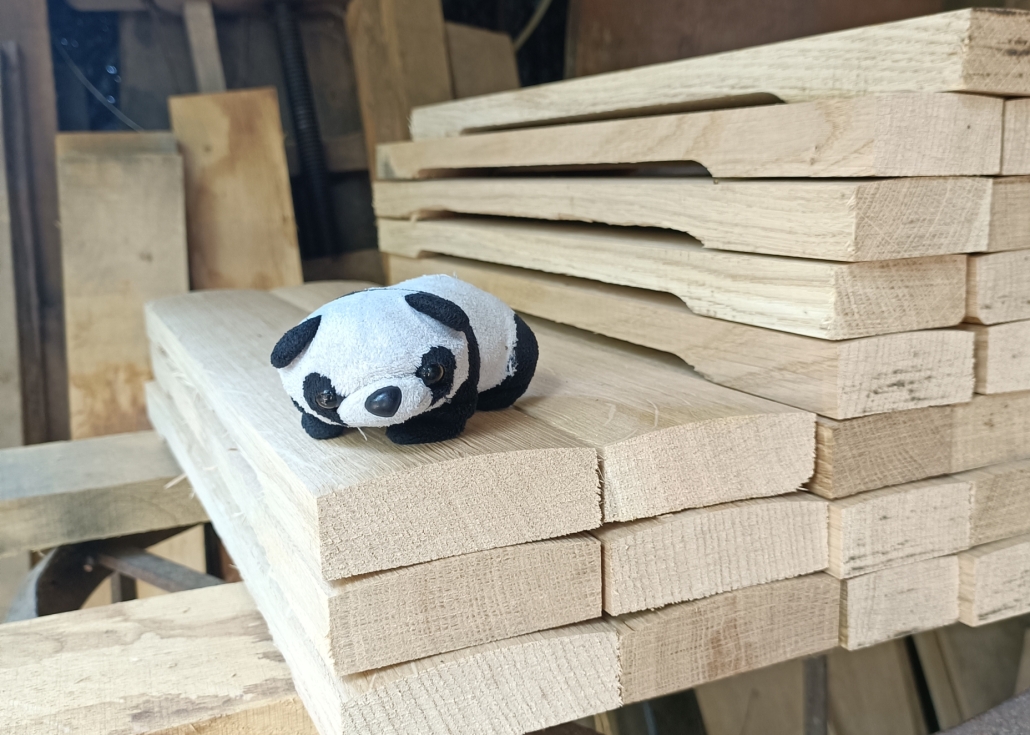
The metal
The cooper utilises a collection of traditional tools, some of which are over a century old. These tools include axes, blades and other metal tools, to shape, carve and refine the wood. The old axe below has some Scandinavian origins.

In photo 4, the etched word ‘Wien” can be seen in the middle, giving away its Austrian origins. Coopers use this tool to shave the curved internal edge of the cask body such that the cask head can fit nicely into it. You can see this tool in action in photo 9!

The cooper brings the staves together and uses metal bands to form a “skirt” shape, as seen in the photo below. However, in this state, the cooper cannot shape the staves or risk breaking them.
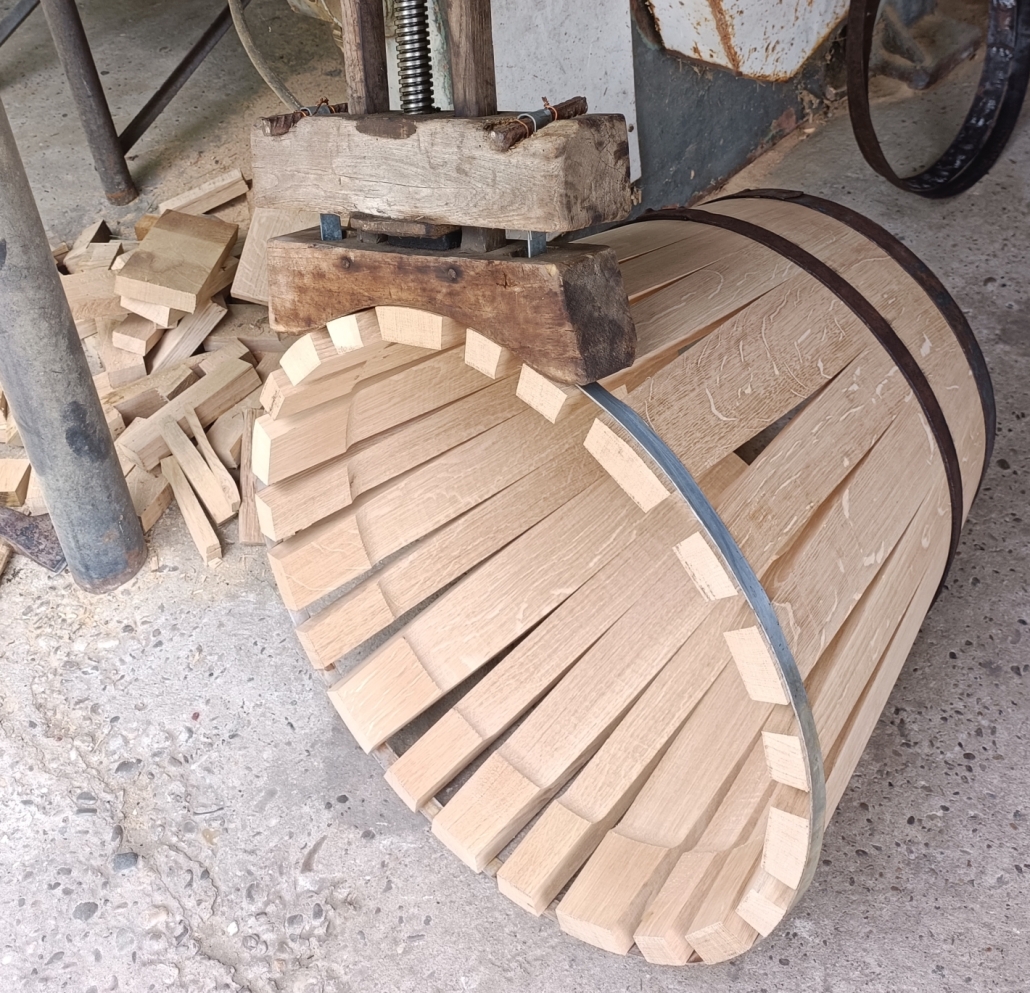
The fire
Toasting or charring is necessary for cask making as this heat treatment leads to the caramelisation of some wood sugars and the creation of desirable flavours like vanillin. These congeners in the wood could contribute desirable flavours to the spirit later using maturation. In the photo below, Arpad is using spare pieces of oak to start a fire that becomes the heat source for the cask toasting process.
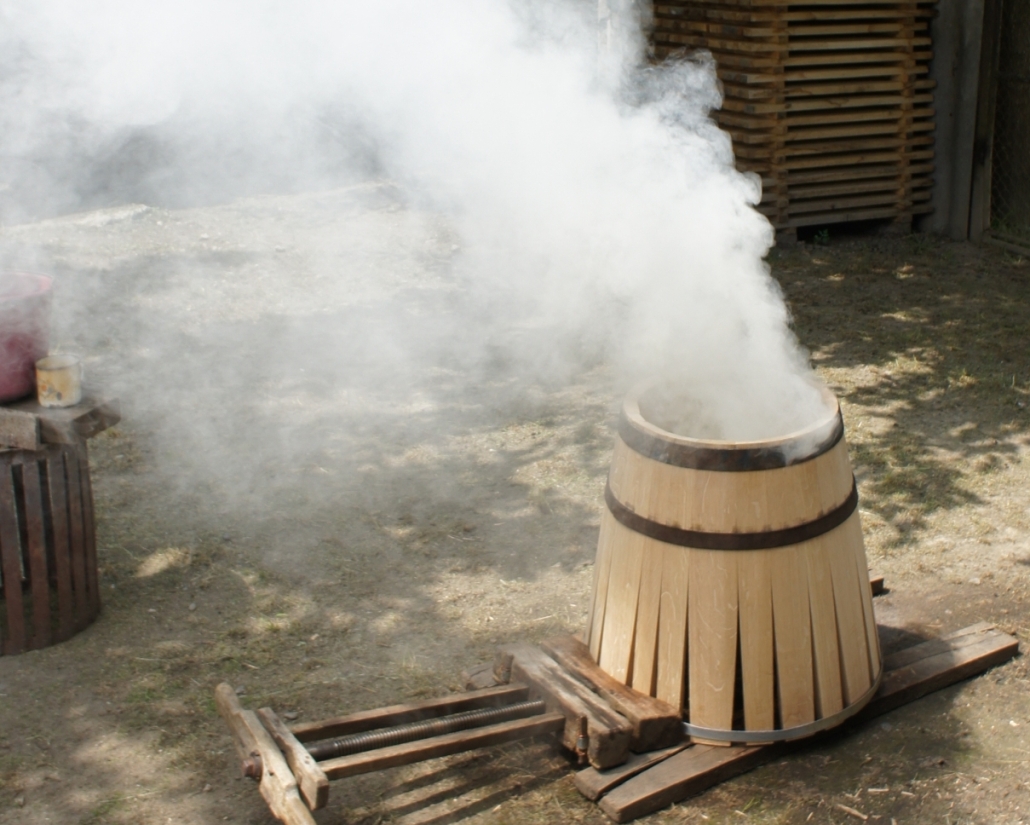
The water
During the toasting process, Arpad exposes the internal side of the cask to fire and occasional splashes of water. He usually uses less water for charring compared to toasting, so that the cask can reach higher temperatures in the former process.
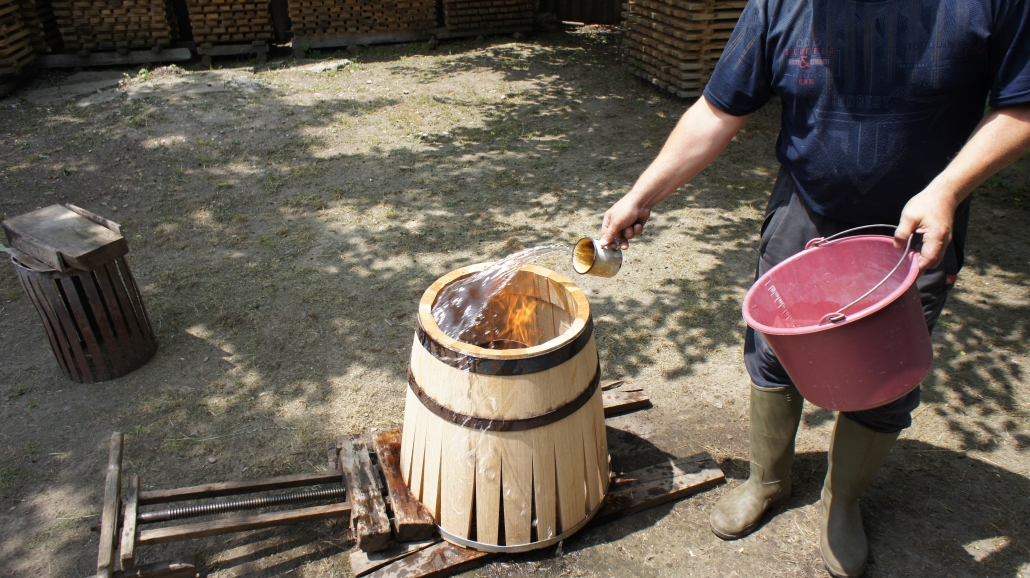
This combination of water and heat makes the staves more malleable and easier to bend into shape without breaking. The gradual tightening of the ring around the staves slowly bends them into the desired shape. I had a go at it, where I turn a screw, and this would tighten the metal band on the bottom of the “skirt”.
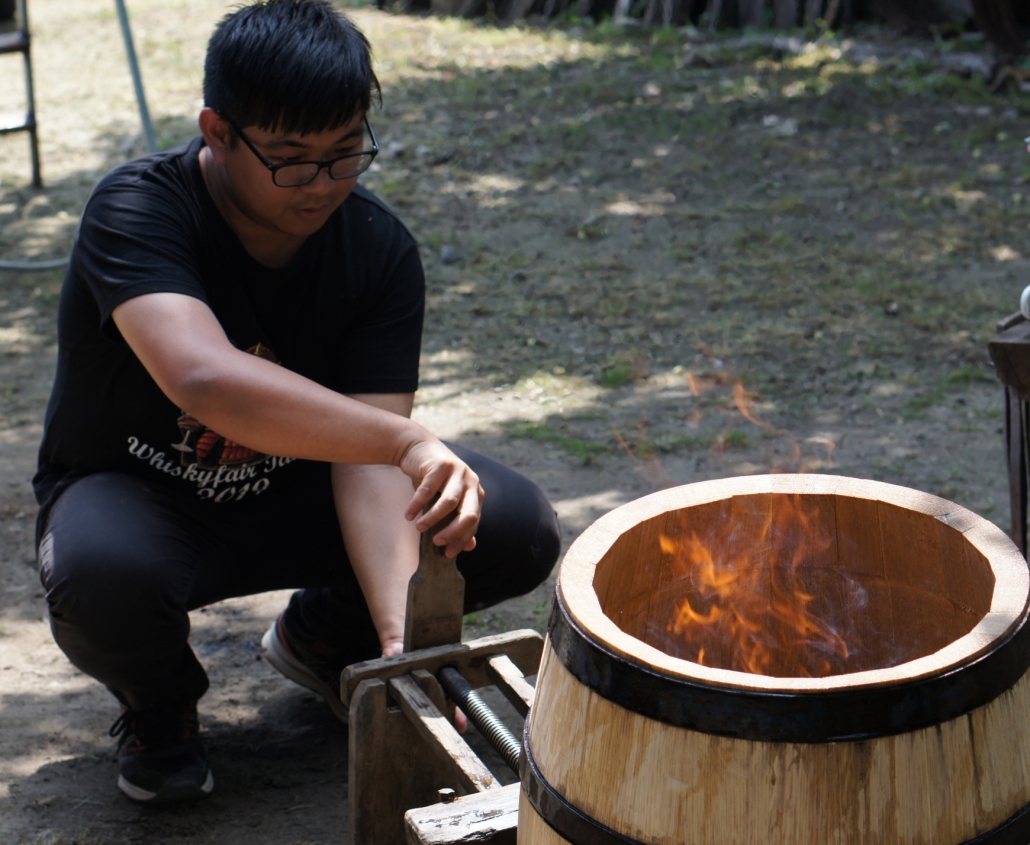
Once Arpad bends the cask into shape, he flips the cask for even toasting, ensuring optimal flavour development.
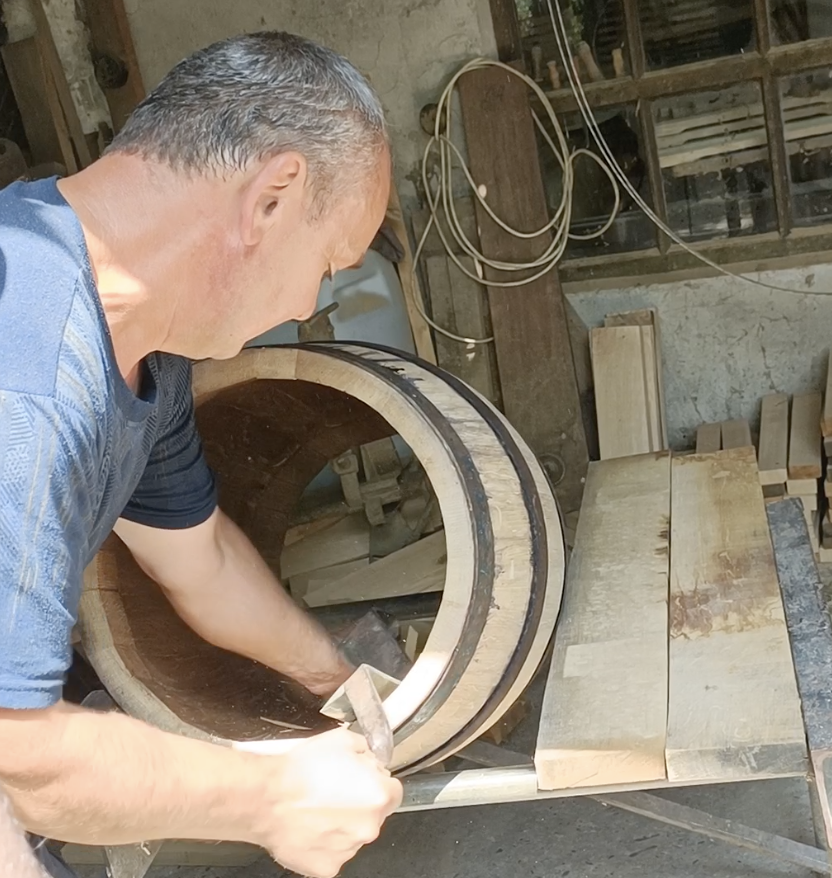
Afterwards, the cooper meticulously shaves down the edges to fit the cask head and presents a beautifully crafted exterior. When the staves are in place, the cooper replaces these old placement rings with new shiny hoops.
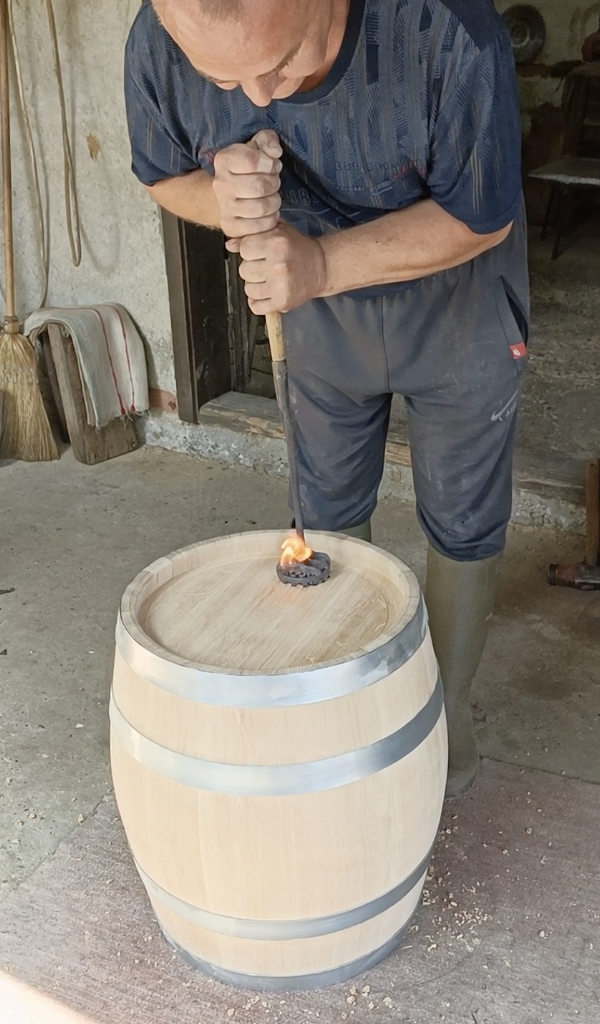
Lastly, the cooper makes the final touch by stamping his signature on the cask with a heated metal stamp.
The Ukrainian terroir and wine
This talented individual not only runs a one-man cooperage but also grows, ferments and bottles their own homemade wine. After walking us through his coopering process, he treated us to a lovely traditional meal and wine.
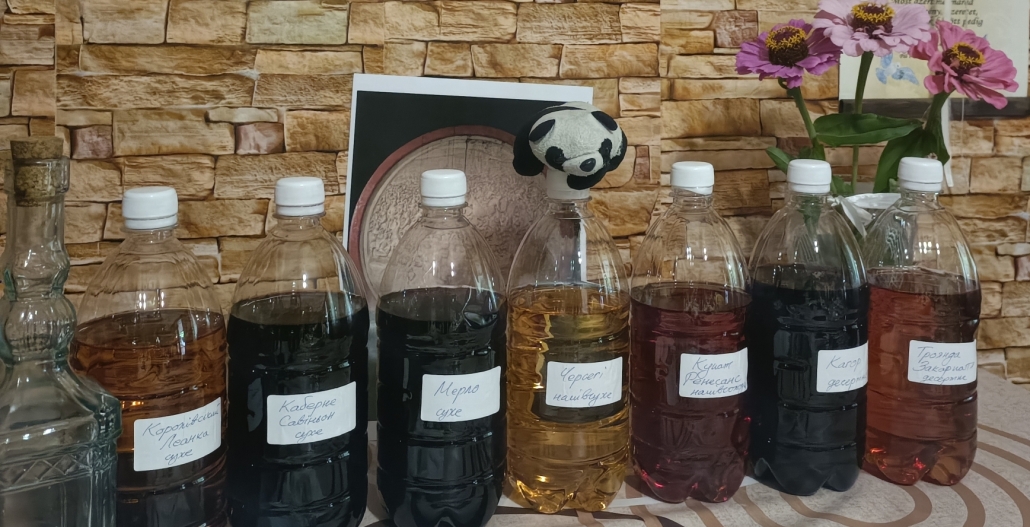
I am grateful for the opportunity to witness the artistry and passion that goes into creating these exceptional barrels. It was a true privilege to experience firsthand the skill and dedication of this artisan cooper.
Photo Credits for the first and eighth photos go to Kateryna Panasiuk, my friend, translator and host!
Slava Ukraini!
Heroyam Slava!
Further Reading
Conner, J. (2022) ‘Chapter 16 – Maturation’, in Whisky and Other Spirits. Third Edition. Elsevier Ltd, pp. 291–311. doi:10.1016/B978-0-12-822076-4.00013-9
Prida, A. and Puech, J.-L. (2006) ‘Influence of Geographical Origin and Botanical Species on the Content of Extractives in American, French, and East European Oak Woods’, Journal of agricultural and food chemistry, 54(21), pp. 8115–8126. doi:10.1021/jf0616098.

